
10 reasons why artists are privileged in business
 People in creative business feel like they are not real business men and women. We don’t like to talk about business and money. We would like to be discovered, that somebody else could take care of us and our business side of art.
People in creative business feel like they are not real business men and women. We don’t like to talk about business and money. We would like to be discovered, that somebody else could take care of us and our business side of art.
Just for a short time imagine a baker on the corner. He would like to do the same. And the garage owner, mechanic. He also would like to dive into motors, tyres and forget about money. If they are real baker and mechanic, they would like to do just their job – to bake and to repair cars. So, we all are in the same boat. We love what we do, but to survive and continue it in long-term, we have to think about business side of our life.
With this in mind, I have created a list of 10 reasons why it is easier for artists than others. I hope they will encourage you and will boost your confidence in money earning.
1. Nobody expects you to be a business (wo)man. Everybody knows you as an artist and everybody knows that artists are not business people. Business rules are very soft when it comes to artists. Baker and mechanic has more strict rules.
2. Nobody will understand your art better than you. You don’t have to prove why it is as it is or why you use such materials, why such technique and why not something else. Mechanic will have to prove.
3. Artists don’t have direct competition. You don’t have to (and can’t) please everyone. It is ok not to buy your art, because you are just different, with different values. Baker should think about pleasing everyone stepping into his shop, otherwise they will go to neighbouring bakery.
4. You can say what you think and you are even expected to do so. You have to talk about your values and ideas. Nobody expects it from baker and mechanic.
5. You can miss deadlines. Because all creative people do. Nobody will be surprised and most probably you will be forgiven. Mechanic doesn’t have such a privilege.
6. You can sleep in the mornings and say it loud. Because artists create when they want to. Baker should open his shop early even if he has created a masterpiece last night.
7. You can wear what you want and be as hectic or stylish as you want. Baker and mechanic has limitations. One has to be white, the other should count his environment, tools and oil everywhere. This makes you noticeable wherever you go in comparison to bakers and mechanics.
8. People love to be friends with and to know you. It is really cool to have an artist as your friend. They spread the word just because you are an artist. Baker and mechanic has to do something special to be mentioned in daily conversations. You are special just because you are the artist.
9. You are allowed to be crazy and do weird things. It will just add value to your brand. In case of baker and mechanic, I am not so sure. Their limits for accepted craziness are different. Your craziness causes people to talk about you and that is free advertising.
10. You can set your own price and there is no limit. Baker and mechanic have to do something exceptional to rise their prices. Artists just are exceptional.
SOURCE: Business blog for artists – Read entire story here.
Tate Britain robots spend night at the museum
Remote-controlled robots will allow art lovers an unobscured, after dark viewing of Tate Britain’s collection![]()
SOURCE: Art news – Visual arts news and gallery info – Read entire story here.

Hungarians snap up Warhol-like paintings of leader Orban – Reuters India
 Reuters India |
Hungarians snap up Warhol-like paintings of leader Orban
Reuters India Within a month, she produced 57 paintings of Orban, then 69 more, in a pop-art manner reminiscent of Andy Warhol. Conservatives, liberals and even Orban's wife, Aniko Levai, have snapped up the paintings, bringing in about 8 million forints ($34,000). |
SOURCE: paintings – Google News – Read entire story here.
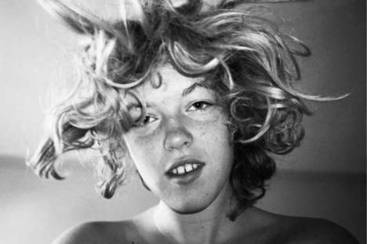
Cherished Person Photography – ‘The Ones We Love’ Documents Beloved People
‘The Ones We Love’ is a blog, curated by Lindley Warren, that’s dedicated to cataloging images of loved ones — whether it’s the photographer’s latest paramour or their friends and family.
SOURCE: Photography News – Read entire story here.

How Wagner made a comeback
Until he became associated with Nazism, the composer’s music inspired many artists from other disciplines – but now he is a muse again, writes Jason Farago.
SOURCE: BBC Culture – Music – Read entire story here.

China’s Sex and the City?
With their mood of decadent excess, the Tiny Times films reflect the country’s growing materialism. But not everyone is pleased about the values they represent.
SOURCE: BBC Culture – Film – Read entire story here.
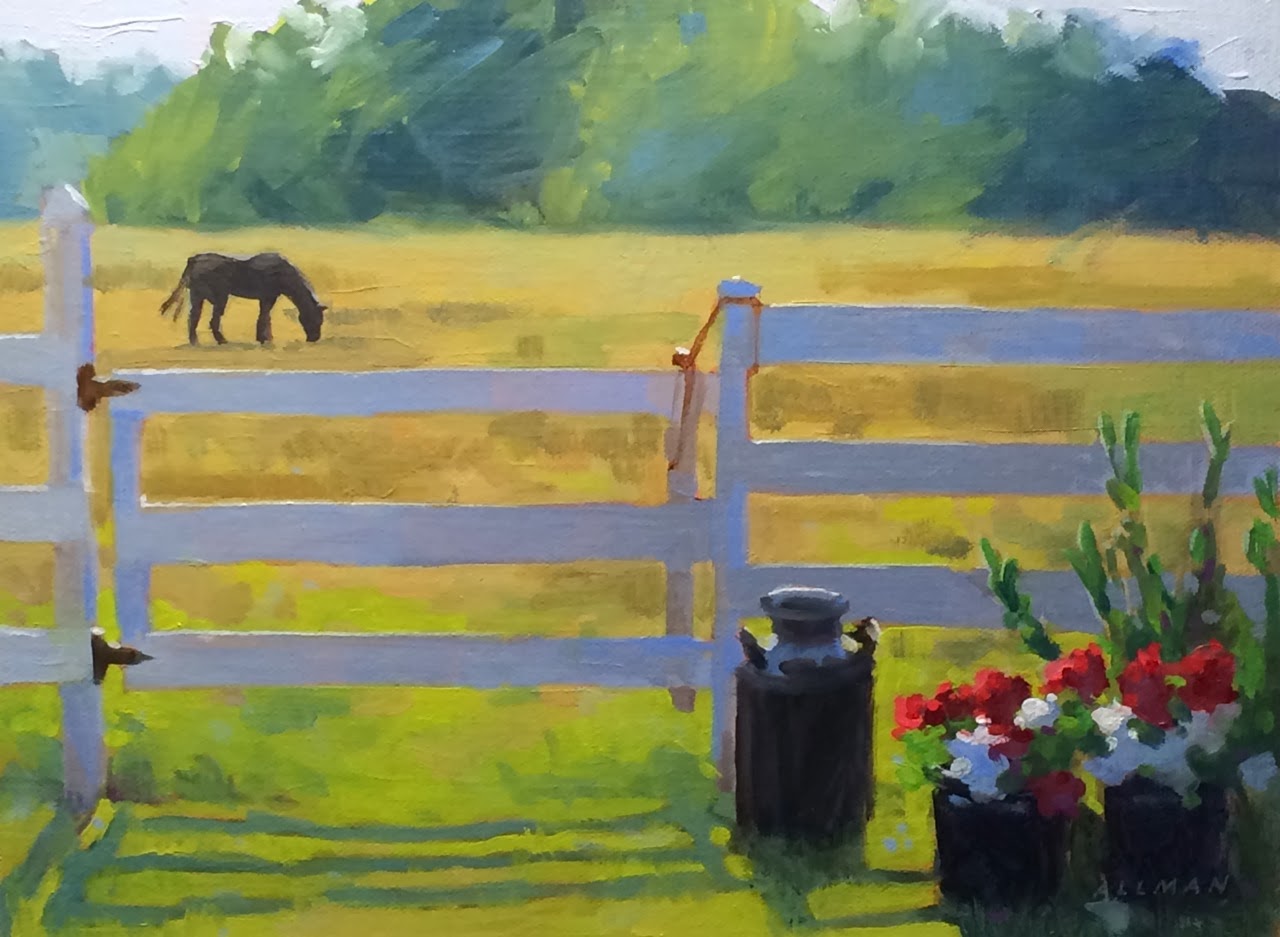
Valley Girl
SOURCE: Confessions of a Paintaholic – Read entire story here.
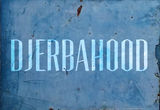
Poetry in Djerbahood

There is more to Tunisia than Arab Spring. Follow FatCap on a spectacular street art journey.
Read more: Poetry in Djerbahood
SOURCE: FatCap | Latest Graffiti News – Read entire story here.
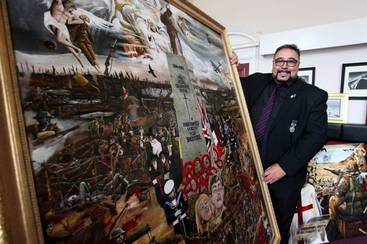
Former soldier commemorates war in powerful painting on show in Gateshead
John Palliser, who served in the Royal Engineers before becoming an artist, has unveiled his latest work at Gateshead Old Town Hall A former soldier has commemorated the First World War in an oil painting which combines powerful images from the battlefields of history and also draws from his own experience.
SOURCE: Painting News – Read entire story here.
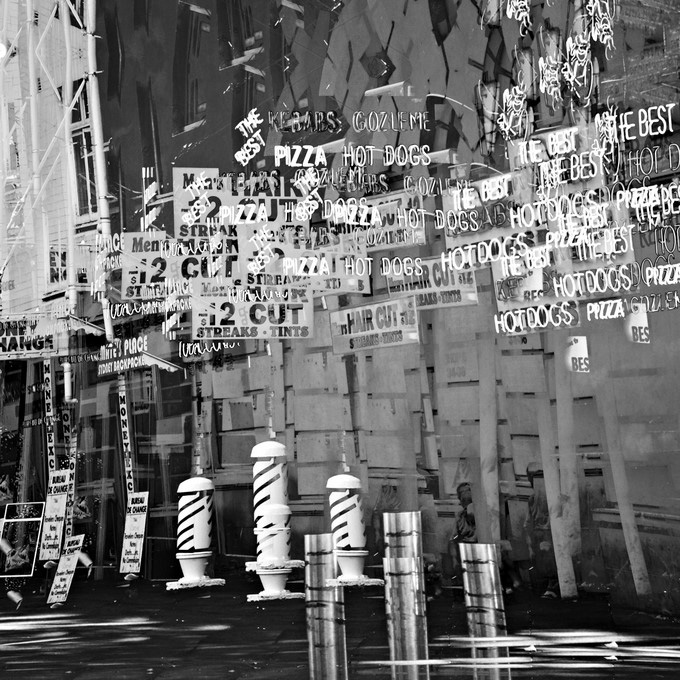
Connected

© 2012 Guest Contributor. All Rights Reserved (see policies). Contact for Use.
Guest contribution by Zsar
metaphysics of presence
This photo was posted by Guest Contributor on Tuesday, June 12th, 2012 at 8:00 am and is filed under Abstract
SOURCE: Fine Art Photoblog – Read entire story here.
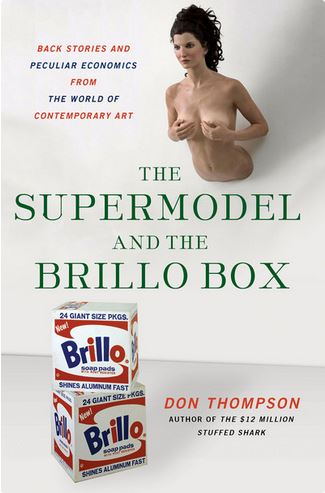
Book Review: “The Supermodel and the Brillo Box” – artmarketblog.com
Book Review: “The Supermodel and the Brillo Box” – artmarketblog.com
 When Tracey Emin’s controversial artwork “My Bed,” which as most of you will know consists of an unmade bed, smashed the auction record for the artist when it sold for a whopping 2.5 million pounds at Christie’s in London on July 1, 2014, it just so happened that I was reading a fantastic book on the art market that explores the inner workings of the often secretive and opaque contemporary art world.
When Tracey Emin’s controversial artwork “My Bed,” which as most of you will know consists of an unmade bed, smashed the auction record for the artist when it sold for a whopping 2.5 million pounds at Christie’s in London on July 1, 2014, it just so happened that I was reading a fantastic book on the art market that explores the inner workings of the often secretive and opaque contemporary art world.
The book in question is The Supermodel and the Brillo Box: Back Stories and Peculiar Economics from the World of Contemporary Art by Don Thompson, author of the much-lauded art market expose The $12 Million Stuffed Shark: The Curious Economics of Contemporary Art which was released in 2007, just before the Crash of 2008 which burst the art market bubble that had produced so many astounding price records.
The Supermodel and the Brillo Box expands on the investigation that Thompson began with his previous book on the art market, adding insight into the events that led to the art market crash of 2008 and the amazing rebound that followed. The book is ambitiously billed as “an inside look at the evolution of the economics and psychology of the contemporary art market,” and it doesn’t disappoint.
What sets Thompson’s book apart is that it is written from the perspective of someone who has no real vested interest in glorifying the art market. Thompson is not an art market professional, he is an economist who currently holds the position of Emeritus Nabisco Brands Professor of Marketing and Strategy at the Schulich School of Business at York University in Toronto.
If you think a book about the art market written by an economist could only be filled with dull facts and figures, you could not be more wrong. Thompson’s book is filled with tales of intrigue and desire that expose the complex mechanics of the art market, lift the veil on the opaque contemporary art world, and the reveal startling secrets of the art auction scene. Thompson still validates his claims and assertions with hard date, but does so within the context of fascinating and relevant stories.
The title of the book comes from two works of art: the first is Italian artist Maurizio Cattelan’s trophy-style wax sculpture supermodel Stephanie Seymour’s nude torso; and the second is one of Andy Warhol’s renowned “Brillo Boxes.” The case of the Cattelan sculpture offers an intriguing insight into the power of branding and marketing, while the case of the Brillo box tackles the controversial topics of authenticity and appropriation.
According to Thompson, The Supermodel and the Brillo Box “is about the themes that swirl around the top of the art market: about artists, auction houses and dealers, and prices.” If you want to know what motivates art collectors to pursue their trophies with such single-minded determination, why the top contemporary artists are as popular as they are, and how auction houses and art dealers motivate their clients, then this is definitely a must-read book.
Get your copy of The Supermodel and the Brillo Box here
**Nicholas Forrest is a Sydney/London based art market analyst, art consultant and writer. He is the founder of the Art Market Blog (artmarketblog.com) which offers independent commentaries as well as research and analysis on the current art market, and has recently been published in Fabrik magazine, Verve magazine, Visual Art Beat magazine, Australian Art Collector magazine, Art & Investment magazine and many others. Nic has made several radio appearances (both nationally and internationally) as an art market expert and has received press from the likes of the New York Times, Conde Nast Portfolio and Times of London.
Related Posts:
SOURCE: Art Market Blog – artmarketblog.com – Read entire story here.
Talk: Aubrey Plaza Is Not Mocking You
The “Parks and Recreation” actress on eye rolling, sarcasm and “brewing demonic monstrous energy.”![]()
SOURCE: NYT > Movies – Read entire story here.

156 Allstarz Rocking at Inwood
SOURCE: 156 ALLSTARZ World Wide – Read entire story here.